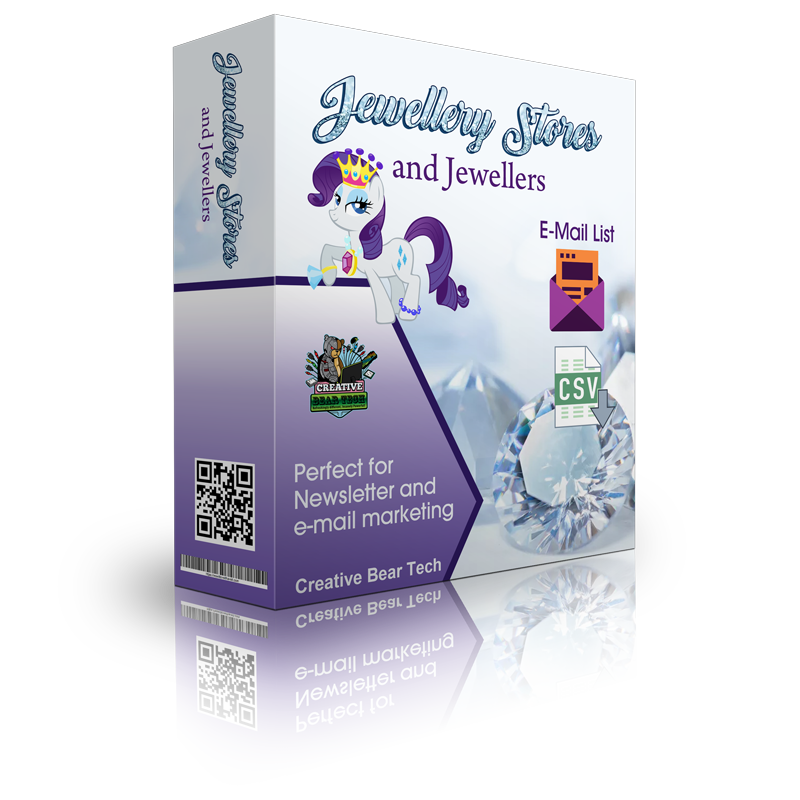How to configure your domain filters and website blacklists
How to write catchy email subject lines? How often do you email your subscribers? Depending on the preferences of your subscribers, you may be sending too many or too few emails to keep them engaged with your brand. How many emails you send will largely depend on what you’re hoping to accomplish with your email marketing strategy. If you want to increase website traffic, more emails will do the trick. If you want to increase open rates on the other hand, sending more emails might have the opposite effect. We recommend testing different email frequencies with your audience to see what they best respond to. You could also let subscribers choose their own email frequency if your email marketing service supports it. You could include a selection for email frequency on your opt-in form to segment them from the start or send an email blast to your list to ask them to self-segment based on how often they want to hear from your brand. Remember that you’ll need to create different email campaigns for different frequencies.
If you’re entirely new to email marketing, we suggest you start with our guide to email marketing before coming back and implementing these email marketing tips to increase open rates. If you’re familiar with email marketing already, let’s get started off on the same page with a quick definition of what an email open rate actually is and what a typical open rate looks like. What Is an Email Open Rate? An open rate in email marketing is the percentage of the total times your email campaign was opened by subscribers. This is a pretty simple formula: Email open rates are often shown with other email marketing metrics like click-through rates, bounce rates, and unsubscribe rates, but open rates are a pretty important starting point for understanding how your email marketing campaigns are performing and where they can be improved. If you have a low email open rate, for instance, you can then test your subject lines, sender name, or any number of other details that might impact your campaign performance. You might also take a look at how often you’re sending emails to make sure you’re not overwhelming your subscribers.
Email marketing is one of the most popular types of digital marketing. To put it shortly, it’s the use of email for promoting one’s products or services. If you go a little deeper, email marketing might also refer to building relationships with your customers. Ideally, emails you send out to your clients should not only speak at them but also encourage meaningful interaction with your brand. Notice how the guys from Buffer start a meaningful conversation by asking their readers’ opinion in their emails. There are many things that contribute to the success of your email marketing strategy, from the content you create to the time you send your emails. One thing is certain, though: email marketing is far from being dead and should definitely be part of your overall digital marketing. Read more details at google algorithm updates and changes a complete history.
Our direct send feature will bypass your SMTP servers and will try to send your email directly using your system’s DNS. This feature will act as a helpful fallback sending feature in the event that your SMTP servers are not working. Generally, when CBT Bulk Email Sender encounters a non-working SMTP server, it will try to send your message using another SMTP server. The direct send feature is particularly helpful if you do not have many SMTP servers.

One thing is sure, local SEO is not that same as normal SEO, but where and how to start? What is Local SEO for? Local SEO is an act of optimizing your local business website so that you are found for the local searches in Google that are most relevant to your business. Even a more relevant question would be, what is local SEO actually? Local SEO is all about optimizing your website to rank better for local customers. It’s an effective way to market your business online. But how? How does local SEO help? It works by promoting your products/services to the local audience at the same time when they are looking for them online.
A study from Adobe estimates that millennials spend about 6.4 hours each day reading their emails. It’s not just millennials using email. Most people use email daily, and they check their inbox everywhere: while working out, eating, and even using the bathroom. Email marketing provides a reliable form of communication between your brand and your customers. It’s a cost-effective solution to reach customers where they visit every day — their inbox. Find out the other benefits that make email marketing a smart solution for communicating with your audience, finding new customers, and growing your business. See even more information on B2B Email Marketing.